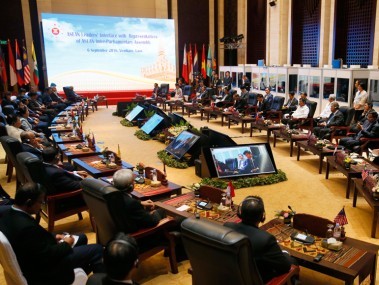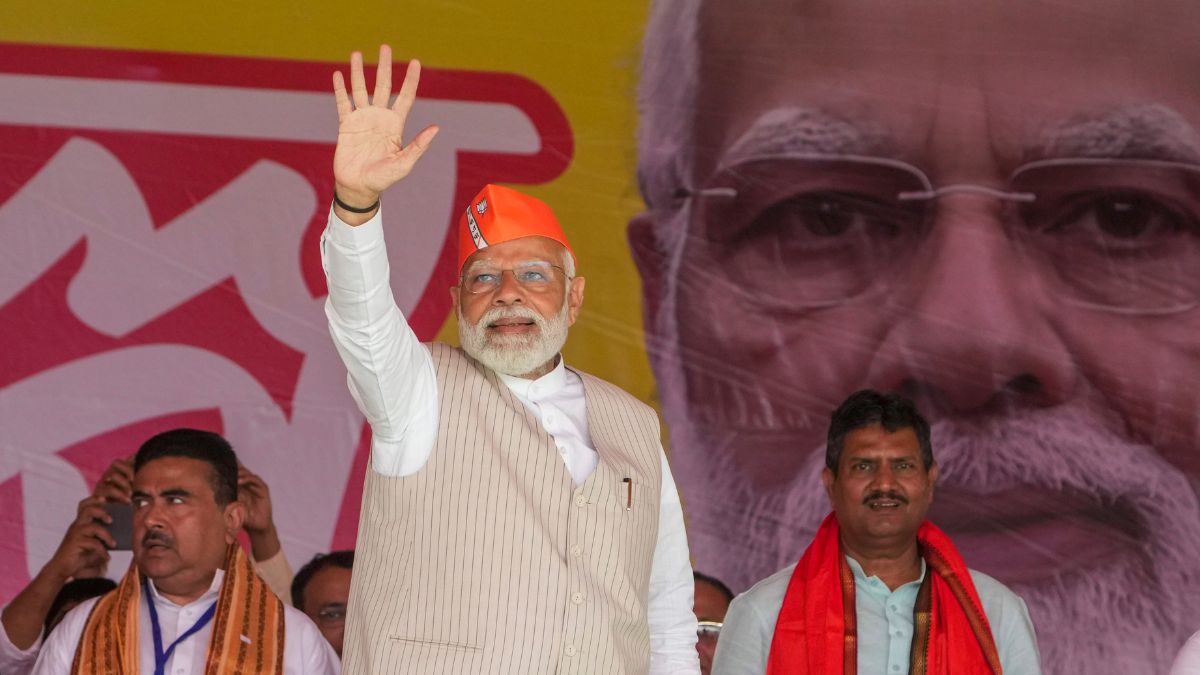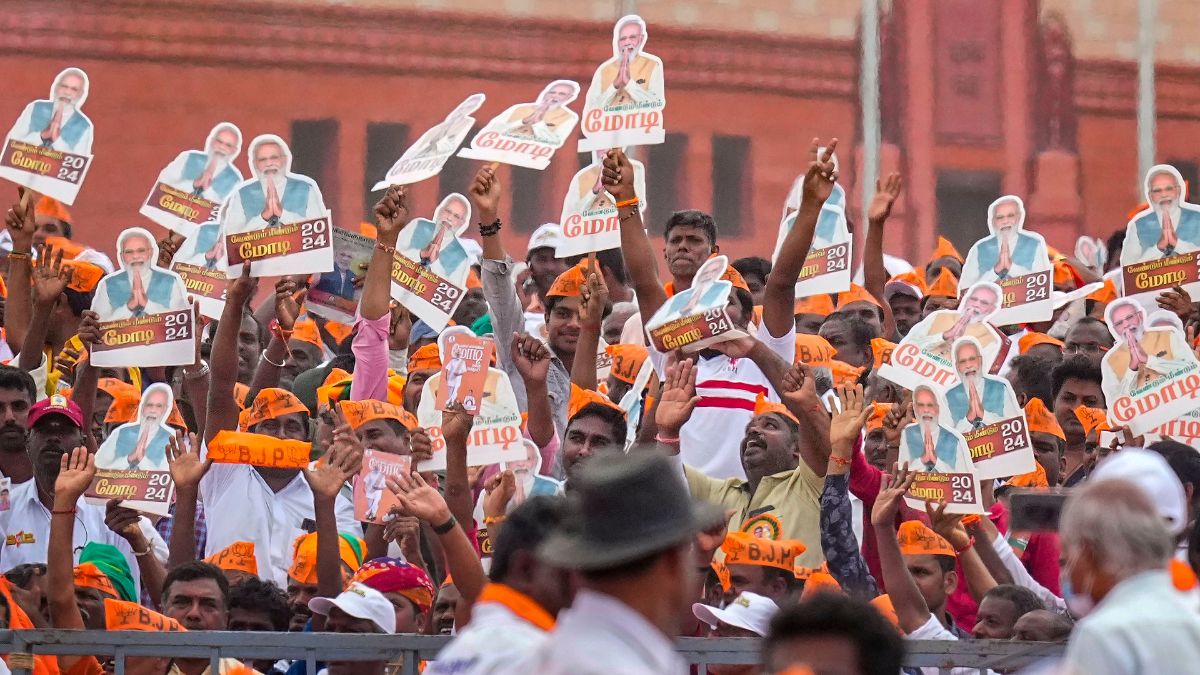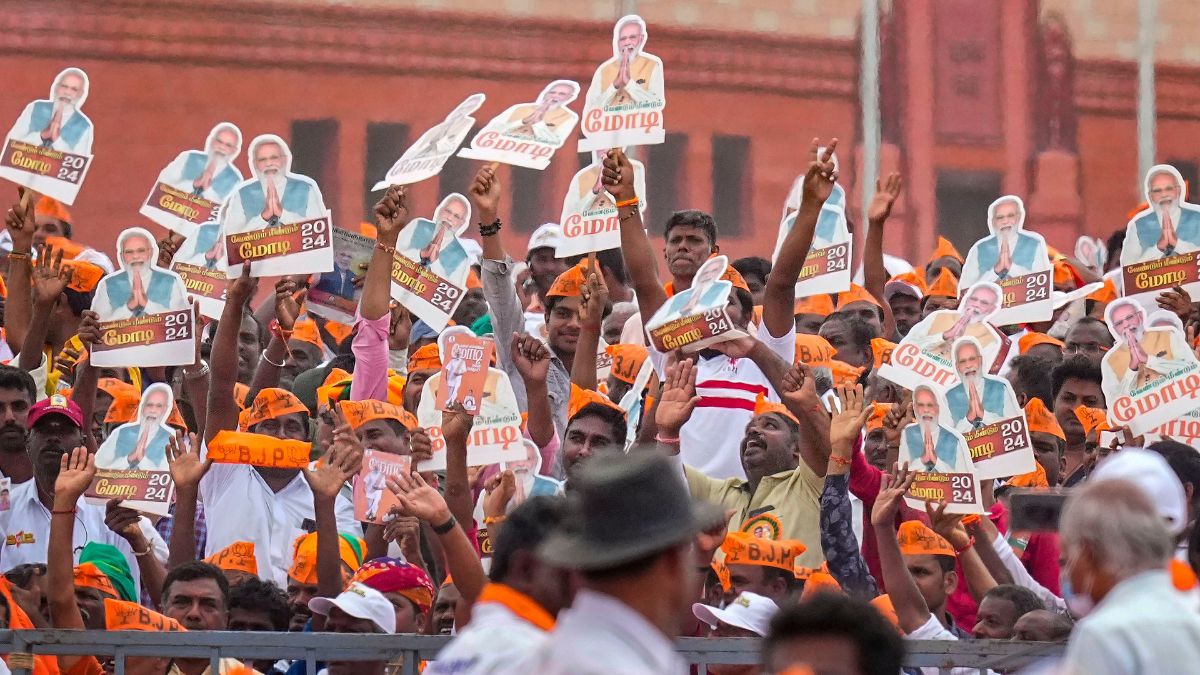India will complete 25 years of dialogue partnership with the Association of South East Asian Nations (Asean), a thriving economic bloc, next year. Trade with Asean nations is gathering momentum at over 76 billion annually and is expected to gather steam in the coming year. Asean is however, not just trading group, regional security is also an important aspect of the partnership. It is here that India needs to do so much more. Asean is looking for greater Indian maritime presence in the region. Here, India has been somewhat lax but under Prime Minister Narendra Modi, India is ready to do its part. The Indian Navy is now preparing to project its presence not just in the Indian Ocean, but beyond to the Pacific and the Gulf of Aden. The Navy is in the process of modernising and adding to its fleet.
Asean nations gain from trade with China but worried about its aggressive claims
Though Asean has gained tremendously by trading with China, the smaller nations are increasingly worried about China’s overpowering presence in the region. China is not just an economic power but also a formidable military power now. Beijing has territorial disputes with Vietnam, Taiwan, Phillipines, Malaysia and Brunei, and is ready to use its muscle power to get its way. This is making much of Asia nervous. Even countries that have no territorial disputes with China, are wary of conflicts which could disturb the free flow of goods in the Pacific. Trade flowing through the Asia Pacific sea lanes amounts to over five trillion dollars annually and is likely to increase in future.
India and Asean security
Asean nations have been privately urging New Delhi to do so for several years. Delhi under the UPA did take a few steps, especially with Vietnam, but backed off from doing more. Moreover, the second term of the UPA government was spent on domestic firefighting with little time for anything else. Now, as India is in the process of building up its naval capabilities, it is also willing to play a much larger role in the region, nor is the NDA shy of having closer defence ties with the US. The signing of the logistics agreement is the first step towards a closer relationship. And more are in the works. In fact, it was during President George Bush’s tenure that Washington began thinking of promoting India to balance out China in the Asia-Pacific region. The Obama administration followed Bush in this.
The Indian Navy today is much more active. India’s maritime diplomacy has taken off in a major way. Since last September, naval ships have visited 50 ports across Europe, Asia and Africa. Among the countries in Europe were UK, France, Italy, Spain, in West Asia and North Africa, it was Turkey, Egypt, Sudan, Ethiopia, Kenya, Seychelles as well as Iran in the Persian Gulf and Saudi Arabia, UAE, China, Japan, Singapore, Australia, New Zealand, Sri Lanka, Mauritius, Vietnam, Cambodia. India has also held bilateral exercises with 10 countries in the last year.
What worries China most is India’s maritime cooperation with the US. India-US-Japan now conduct joint naval exercises. Japan. which was kept out after Chinese protests, will now be a permanent invitee. New Delhi is also keen to build defence ties with its ocean neighbours. The Prime Minister’s visit to Seychelles, Mauritius and Sri Lanka in July 2015 was part of that effort. India also sold a war ship, Barracudda, to Seychelles in 2014. While the UPA government was over cautious in asserting India’s maritime presence, the Modi government is ready to take on a greater responsibility for itself in the neighbourhood. Asian nations have privately been asking India to be a part of the future defence architecture of the Asia-Pacific region. While agreeing in principle, the UPA had not got down to acting on its commitments. With Modi it is clear that India will want to play a larger role, not just in its vicinity but beyond.
China uneasy about India-US defence cooperation
China’s concern is that India is closing ranks with not just Japan but the US, which under President Barack Obama had already announced its pivot to Asia policy. When Barack Obama visited India in 2015, India and US had put out a joint statement on the freedom of navigation and the need to resolve disputes in the South China Sea by talks, keeping in mind the UN convention on the freedom of navigation. Since then, India has been regularly speaking out on the need for all nations to abide by international conventions.
The security situation has also changed in India’s neighbourhood. Ties between India and Pakistan has dipped to a new low since the Pathankot attack brought peace moves to a halt. China, which for a brief period, adopted a neutral position on India-Pakistan issues, has now gone back to the old days.
Beijing’s refusal to endorse India’s membership to the Nuclear Suppliers Group (NSG), its refusal to have sanctions against the Jaish leader, and promotion of the China-Pakistan Economic Corridor, has irked New Delhi. Complaining about infrastructure projects in POK is not just taking on Pakistan, but ally China as well. In such circumstances India will not hesitate to circle the Chinese periphery, much as China is doing across South Asia.
India sewing up defence cooperation in the region
Modi further cemented India’s ties with Vietnam during his recent visit. He announced an additional defence package of $500 million, besides the earlier $100 million. With an Indian company building patrol boats for Vietnam, India in also involved in oil and gas exploration in that country. Delhi is now planning to set up a satellite tracking and imaging centre in southern Vietnam that will give Hanoi access to pictures from Indian earth observation satellites. The project will take some years to build but the process has begun.While this will give vital inputs for Vietnam’s agriculture, it can also help track Chinese movement in the South China Sea.
India’s maritime diplomacy has taken off in a major way. Since last September, naval ships have visited 50 ports across Europe, Asia and Africa.
America’s pivot to Asia was in response to China’s looming presence in the Pacific. The Americans are eager for India to pull its weight in the region. When Hillary Clinton was last in India as secretary of state, she said at a lecture in Chennai that India needs to also take in more responsibility for peace and stability in the Asian region. Admiral Harris Commander of the US Pacific Command at the Raisina Dialogue in March 2016 spoke about joint patrolling with India.
“As India takes a leading role as a world power, military operations with other nations will undoubtedly become routine… In the not too distant future, American and Indian Navy vessels steaming together will become a common and welcome sight throughout Indo-Asia-Pacific waters, as we work together to maintain freedom of the seas for all nations.’’
India’s defence ministry immediately denied such a move. During John Kerry’s recent visit, he made the same point of a future where the Indian and US navies patrol the sea lanes “side by side”. He said it during an interaction with IIT students. But now the possibility of such a role in the future does not seem far fetched.


)




)
)
)
)
)
)
)
)